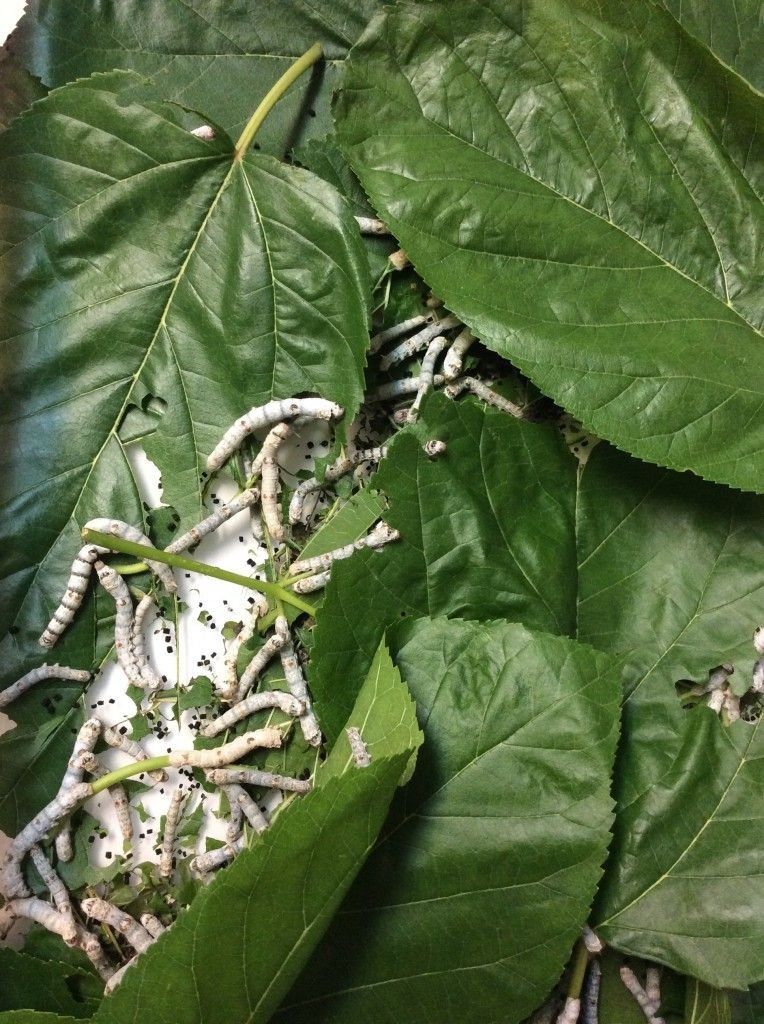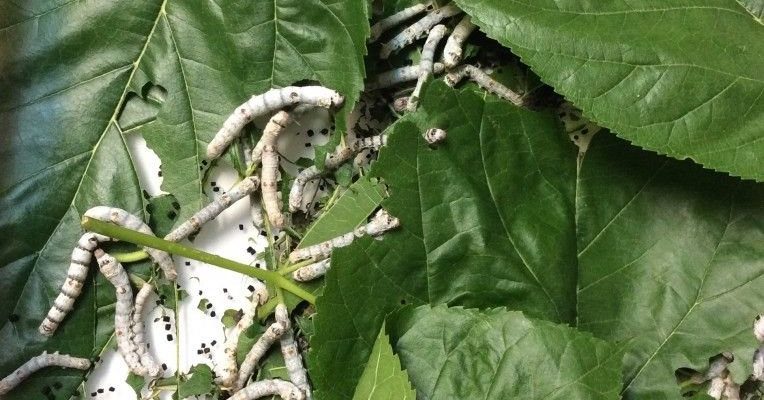
Think of silkworms as picky eaters, much like kids who only want to eat pizza. Mulberry leaves are their pizza! Without them, you might wonder if they can adapt or if they’d be left starving. We’re going to unravel the complexities of a silkworm’s diet, how it affects their life cycle, and what alternatives there might be. So grab a cup of coffee, and let’s chat about silkworms and their leafy sustenance!
Understanding the Silkworm’s Diet
Silkworms primarily feed on *mulberry leaves* because these leaves are packed with the nutrients they need to grow and develop. They’re like the ultimate superfood for these little critters. When a silkworm hatches from an egg, it’s tiny—about the size of a grain of rice—and it needs to eat a lot to grow. In fact, a silkworm can consume up to 20,000 times its body weight in just its short life!
Why mulberry leaves? Well, they have the right balance of carbohydrates, proteins, and moisture that help silkworms thrive. Think of it like a perfectly balanced meal that provides all the right vitamins and minerals. Other leaves can serve as substitutes, but they often don’t offer the same nutritional benefits, which can affect the silkworm’s health and silk production.
Life Cycle of the Silkworm
The life cycle of a silkworm involves several stages: egg, larva (caterpillar), pupa (cocoon), and adult moth. The larval stage, where they munch on mulberry leaves, is critical. It lasts about 4 to 6 weeks, during which the silkworm grows rapidly. They shed their skin multiple times before they’re ready to spin their cocoons.
Here’s where it gets interesting. If silkworms can’t access mulberry leaves during this time, they face several challenges. For starters, they won’t reach their full size, which can lead to weaker cocoons and less silk. It’s like trying to cook a cake without all the ingredients—the end result just won’t be the same.
Can Silkworms Eat Other Leaves?
Now, you might be wondering, “What if they can’t have mulberry leaves?” Surprisingly, silkworms can eat other types of leaves, like those from the osage orange tree or even certain kinds of lettuce. However, these alternatives don’t provide the same nutrients, which can lead to poorer growth and silk production.
When silkworms are fed different leaves, they might still survive but at a cost. They may become weaker or take longer to reach maturity. In the long run, relying on non-mulberry leaves can affect the quality of the silk they produce. This is why mulberry is often seen as the gold standard for silkworm nutrition.
Stress and Health Issues
Ever notice how we all feel a bit off when we don’t eat our preferred foods? Silkworms are no different. When deprived of mulberry leaves, they can experience stress, which can lead to health problems. Stress can affect their development, causing them to become smaller or more susceptible to diseases.
Additionally, poor nutrition can also impact their ability to spin silk. Imagine trying to craft a beautiful, intricate dress with subpar materials—it just won’t hold up! Silkworms need the right nutrients to produce strong, high-quality silk, and lack of mulberry leaves can compromise this.
What Happens When They Can’t Find Their Favorite Food?
If a silkworm finds itself in a situation without mulberry leaves—say, an unexpected disaster or an ill-timed move—it might not end well. Without alternative food sources, these critters will struggle to survive. If they can’t find any suitable food, they will eventually starve.
This is why many silkworm farmers are careful to ensure a steady supply of mulberry leaves. It’s not just about feeding them; it’s about providing the right environment for them to thrive. When you think about it, this applies to many living creatures—having access to their preferred food is key to their survival.
Tips for Feeding Silkworms
If you ever decide to raise silkworms for fun or educational purposes, here are some tips for keeping them healthy:
- Always provide fresh mulberry leaves. Wilted or dry leaves won’t have the nutrients they need.
- Keep the leaves stored in a cool, dry place to maintain freshness.
- Monitor their eating habits. If they’re not eating, it might be time to check the quality of the leaves.
- Consider using other types of leaves only as a last resort and for a short period.
Following these guidelines can help ensure that your silkworms thrive and grow into healthy moths.
So, can silkworms survive without mulberry leaves? The short answer is yes, but it’s not ideal. They might scrape by on other leaves, but their health, growth, and silk production will suffer. Just like how we function best with a balanced diet, silkworms need their mulberry leaves to truly thrive.
In the world of silkworms, mulberry leaves aren’t just food—they’re essential for a happy, healthy life and the creation of beautiful silk. If you ever get the chance to witness these creatures in their element, remember that behind the silken threads lies a simple, green leaf that makes it all possible.

